Clemens Grömmer
Provinz Showroom
Eröffnung: 02.06.2022, 19 Uhr
bis 24.06.2022
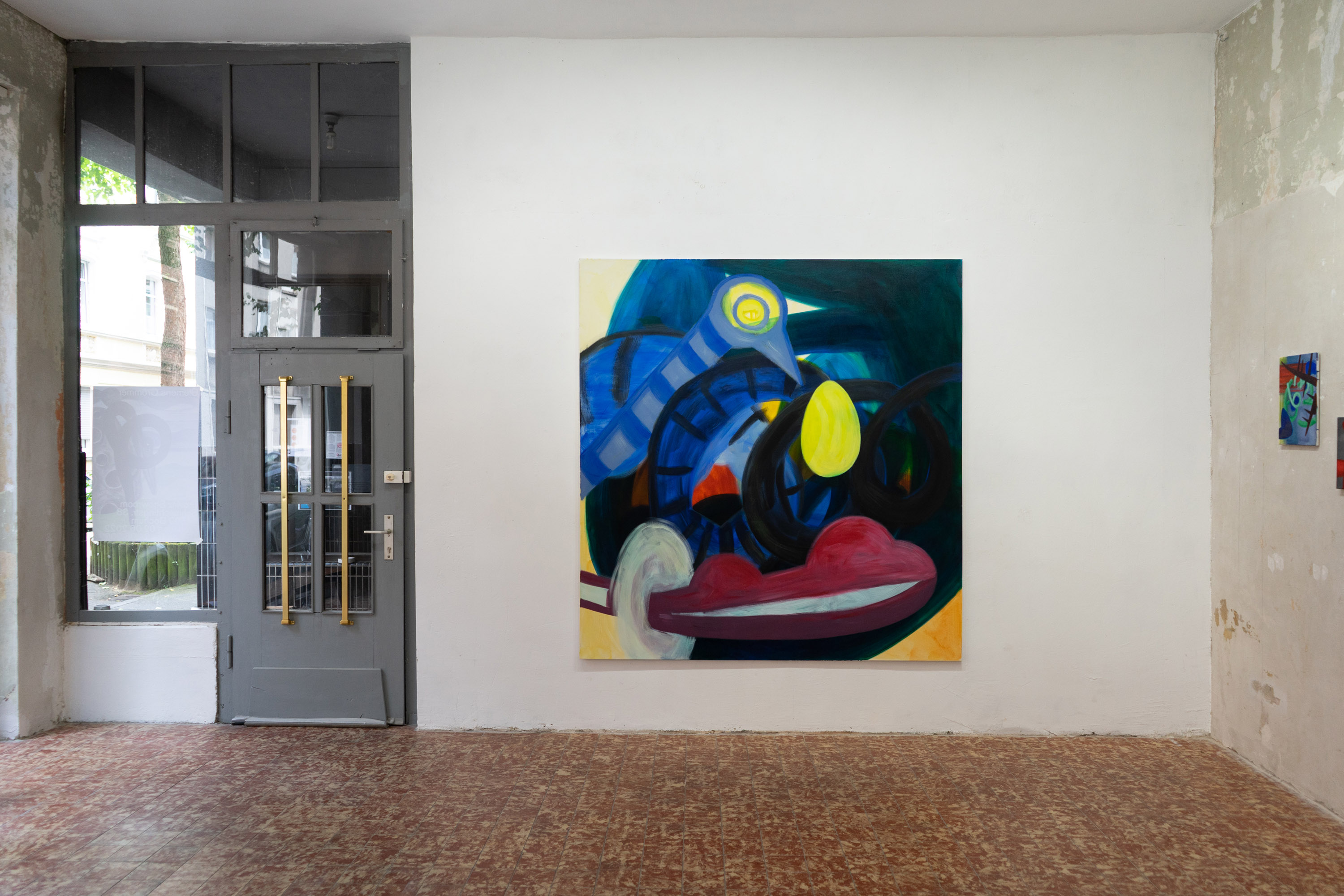
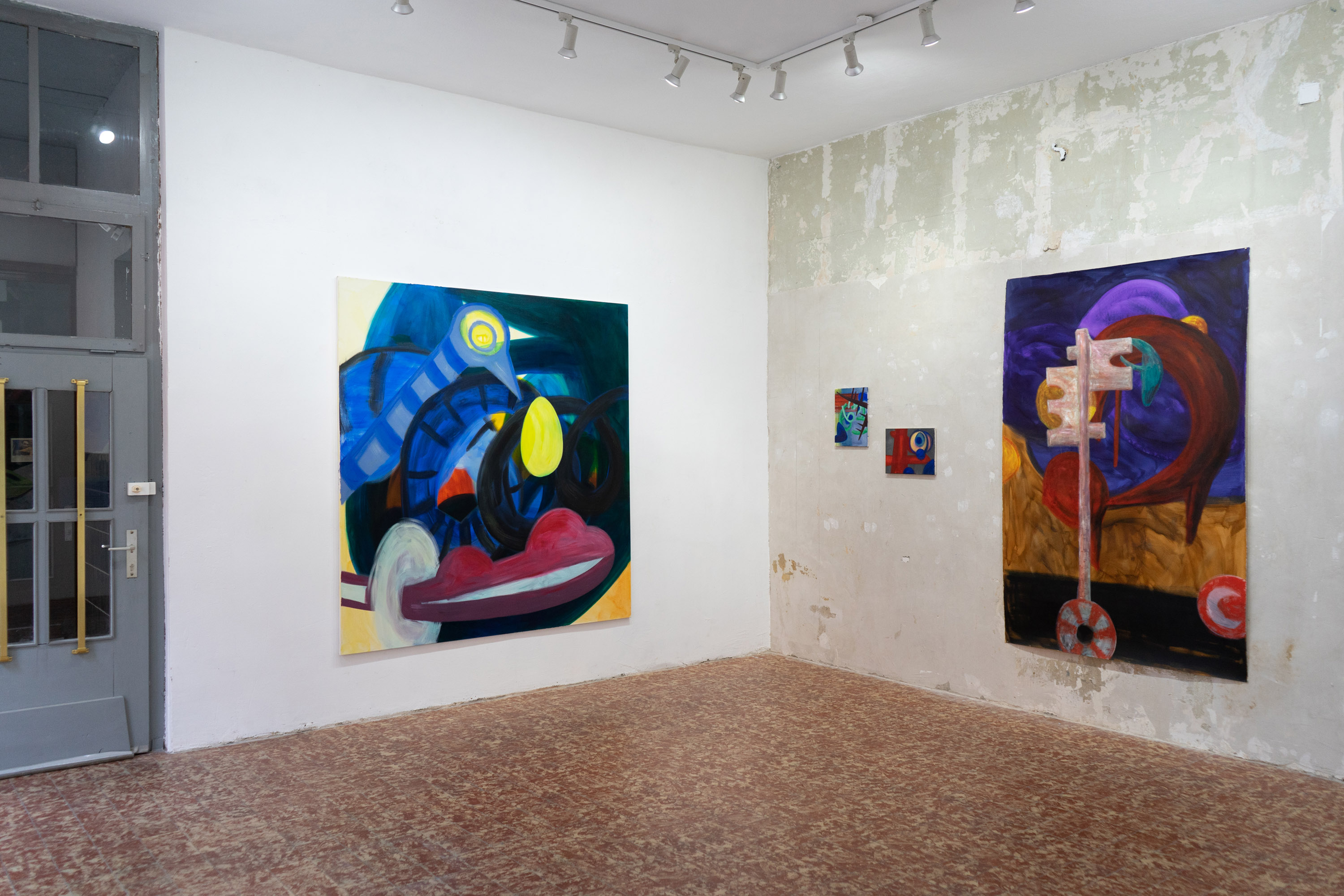
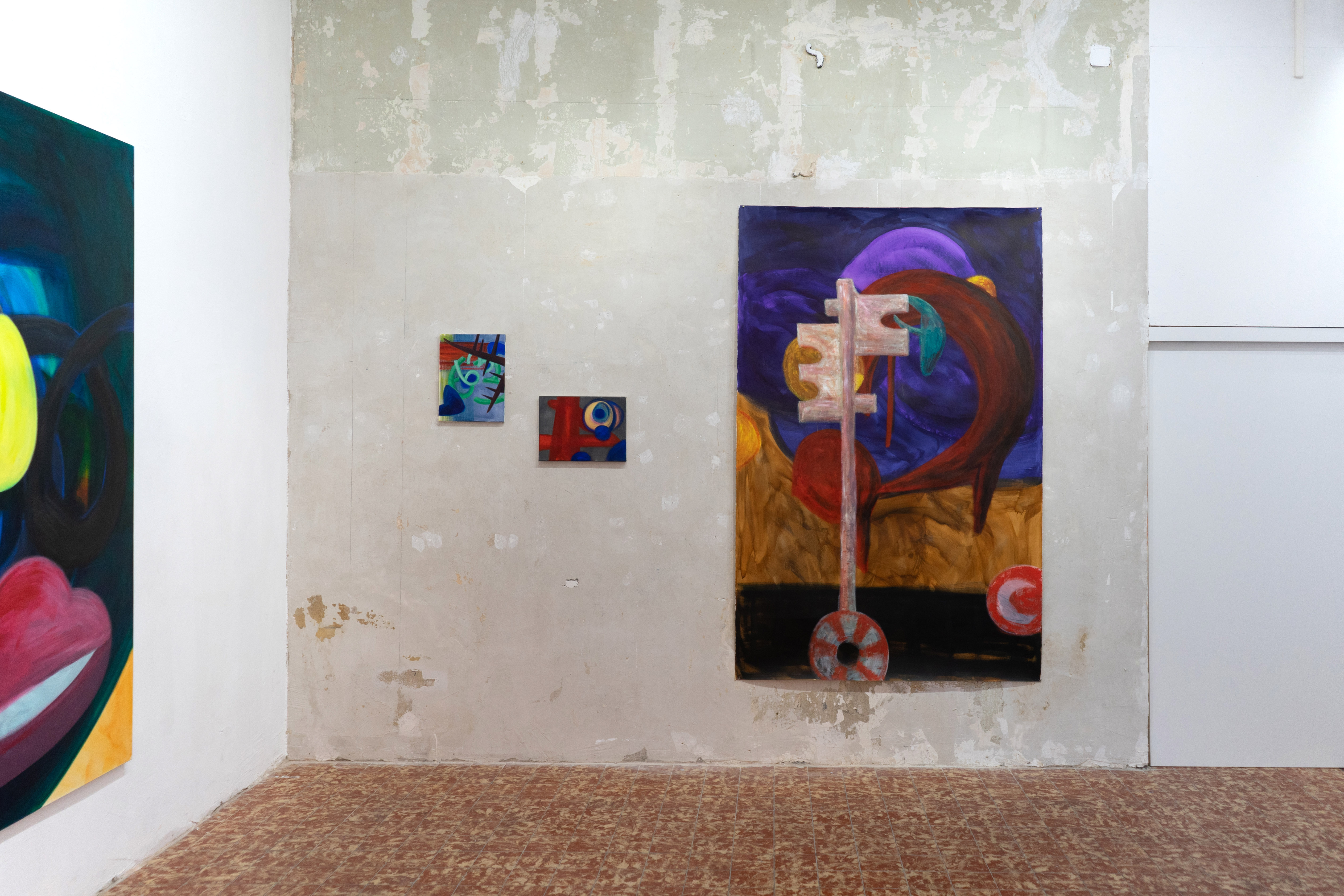
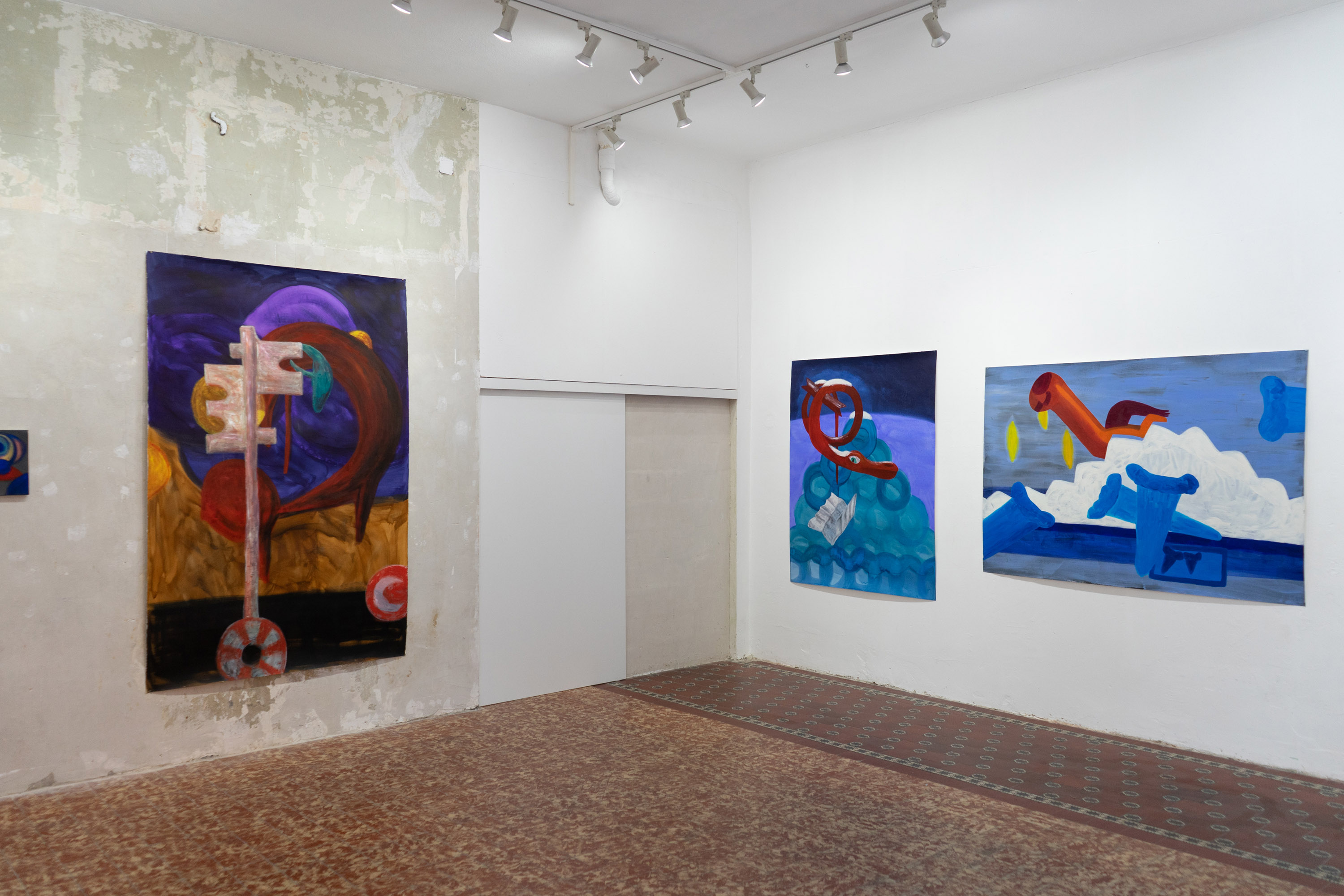

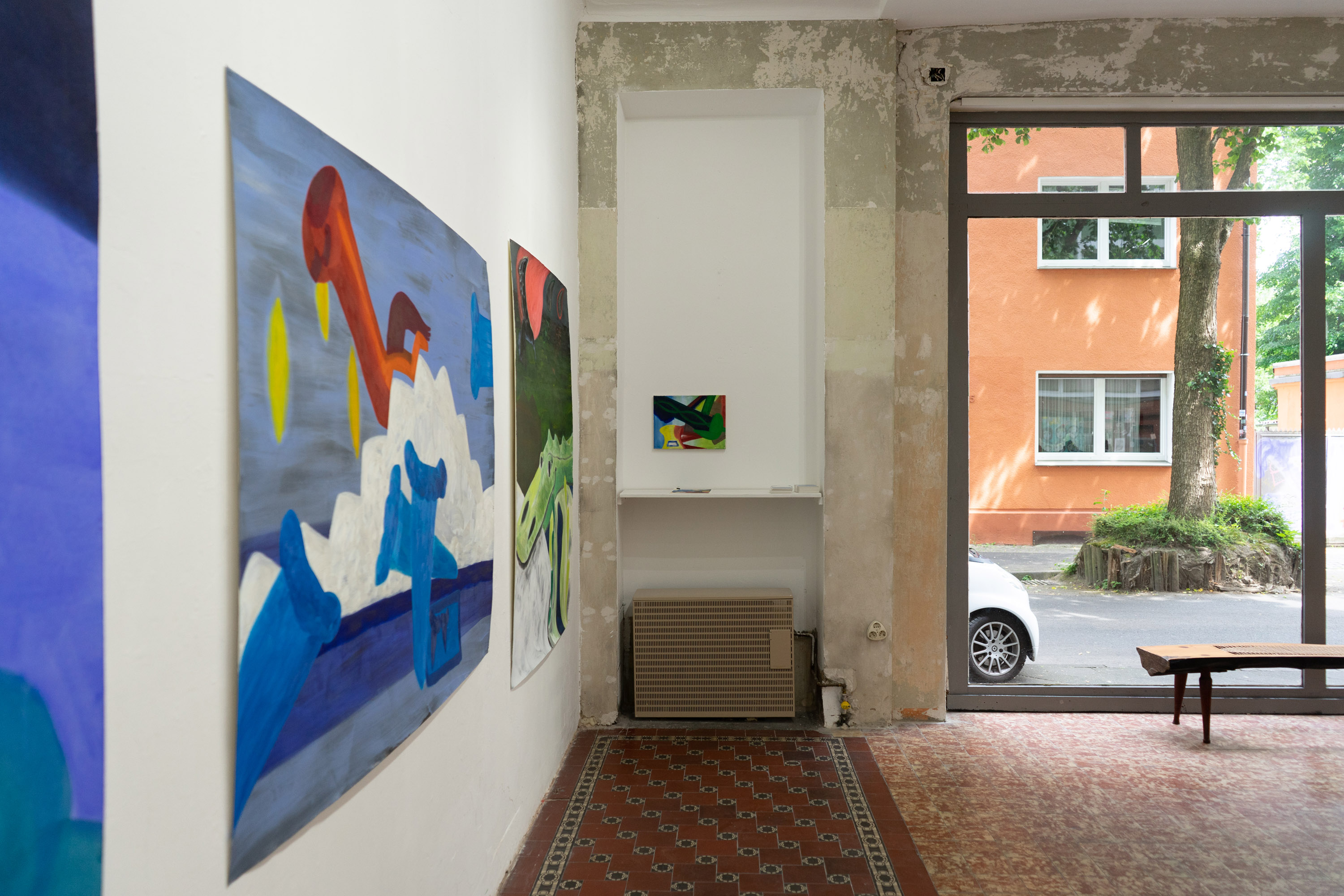
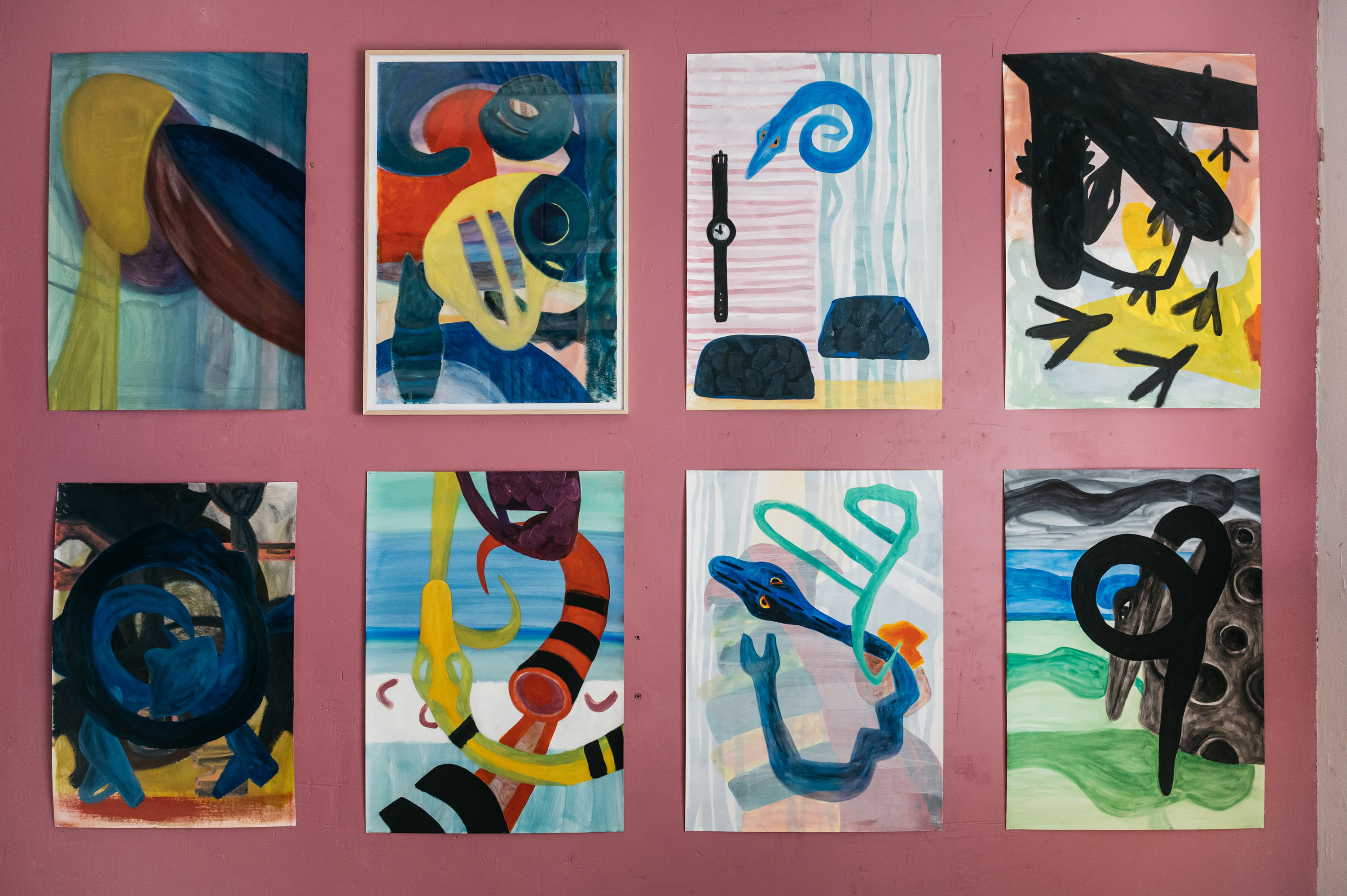
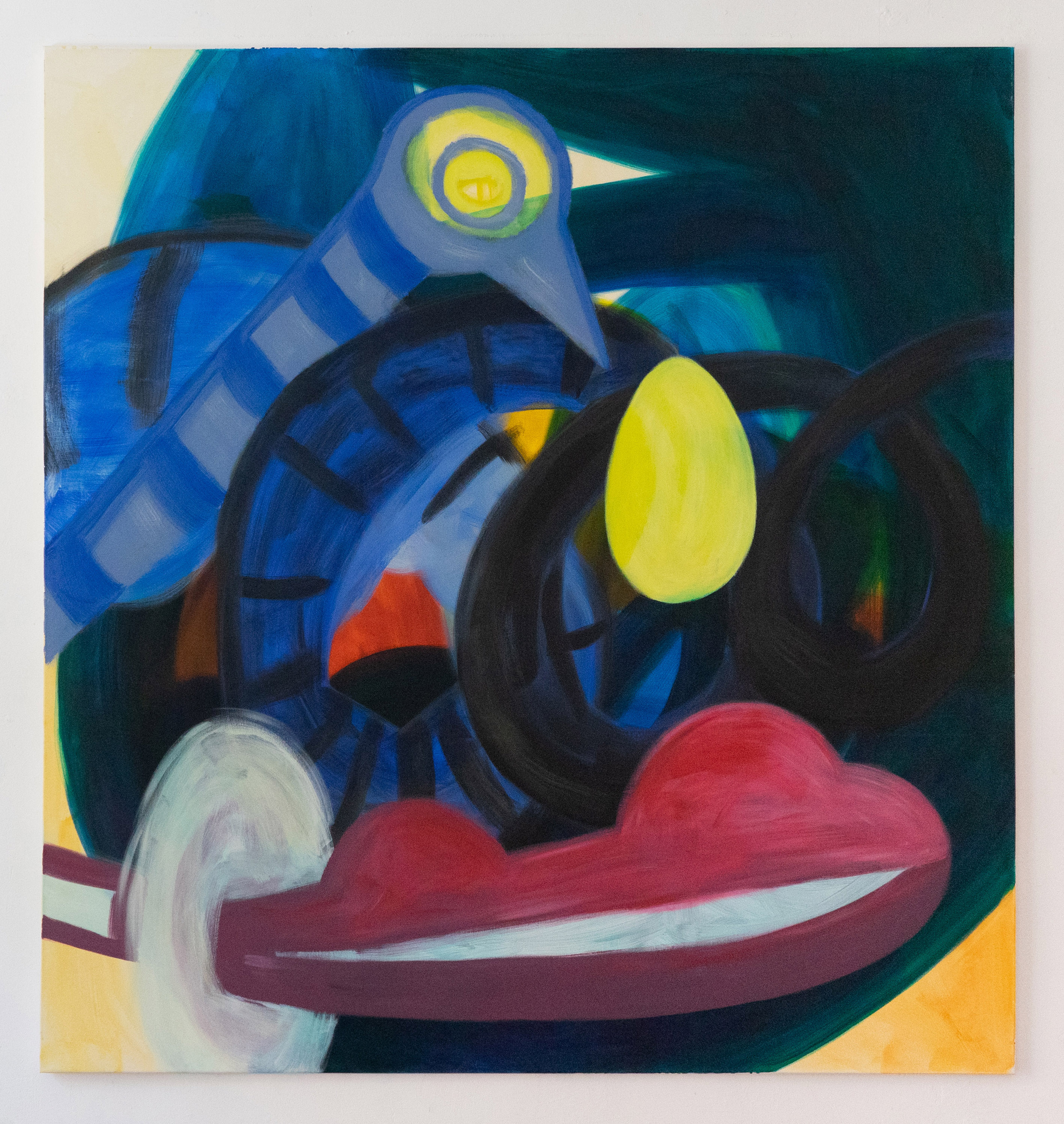
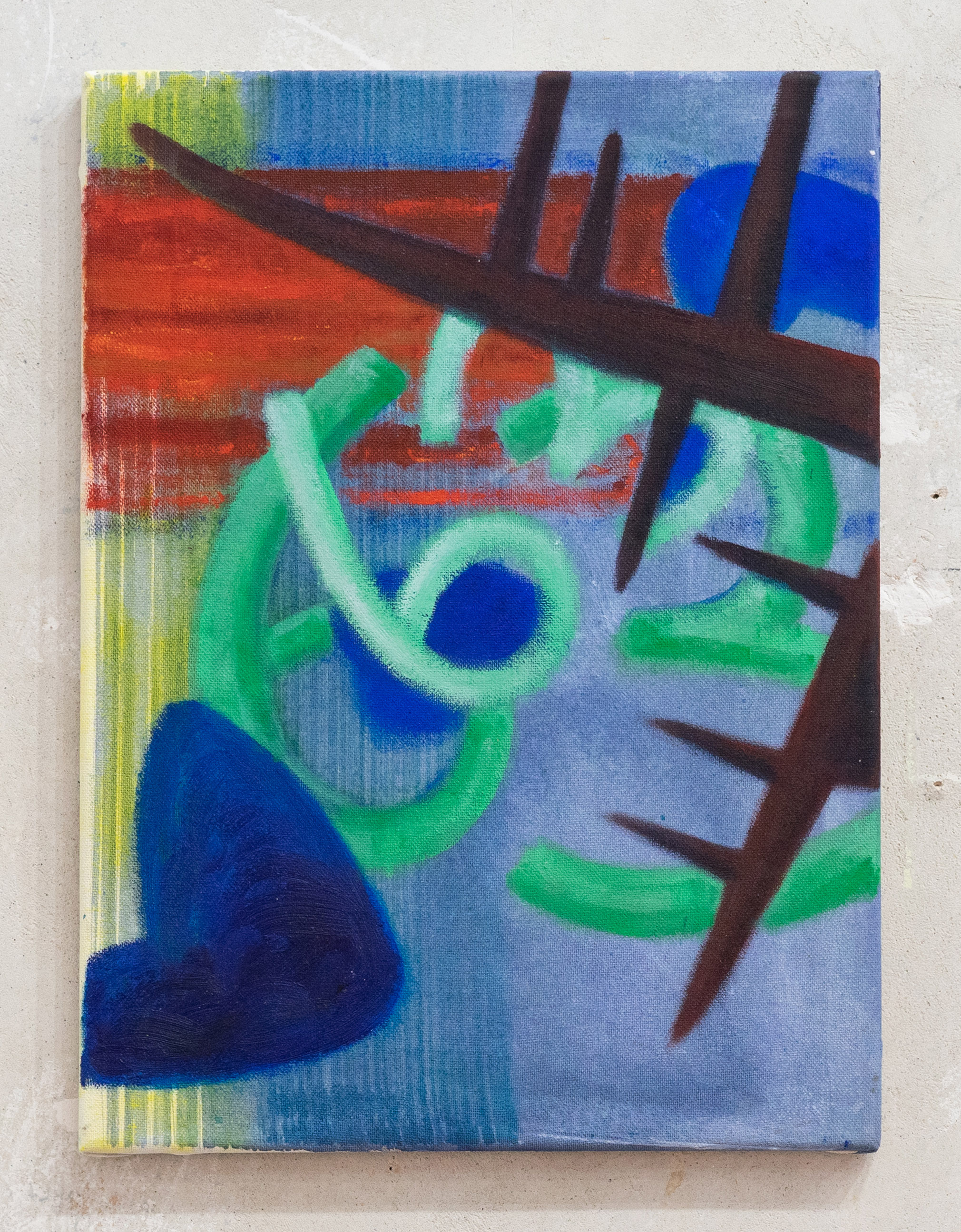
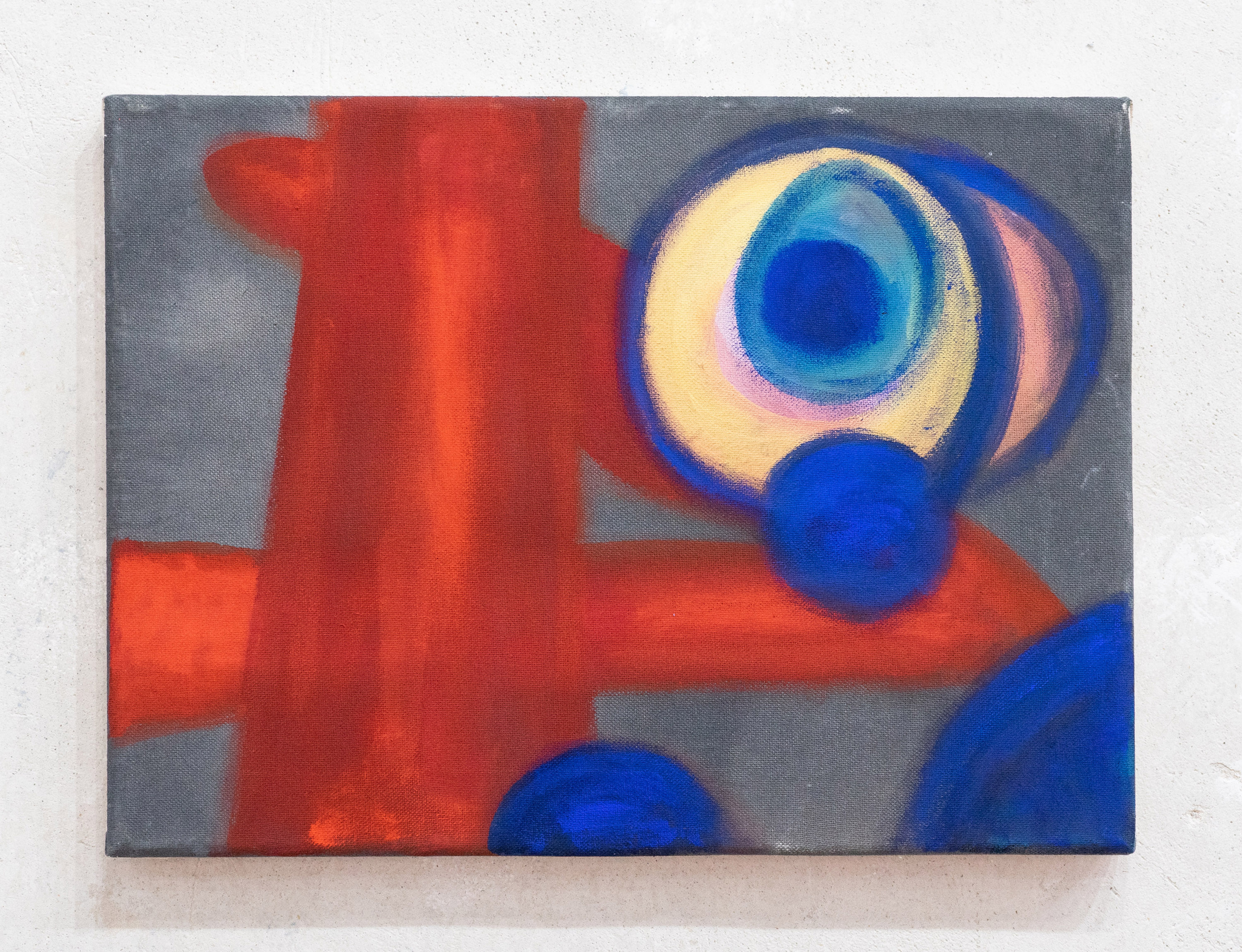

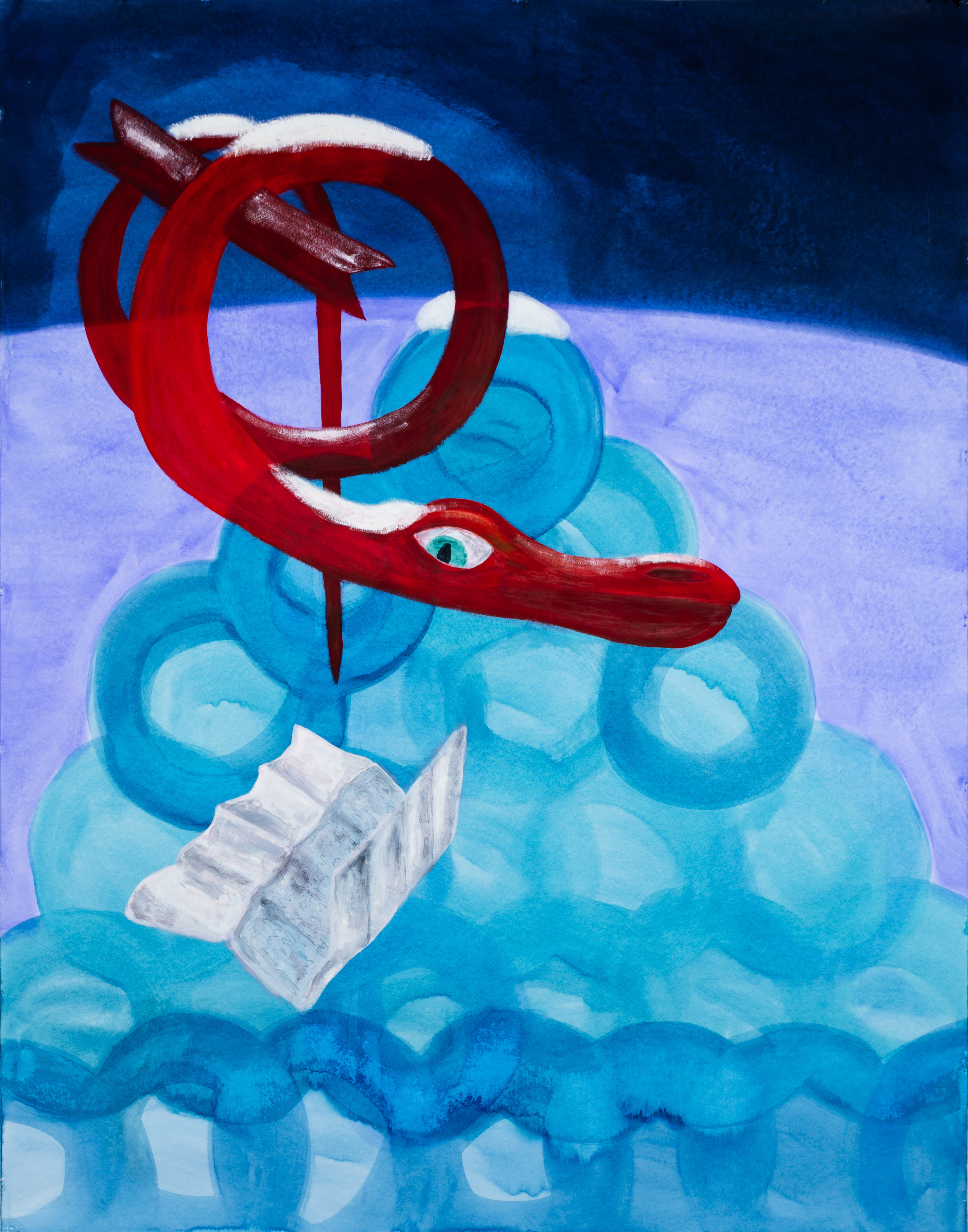
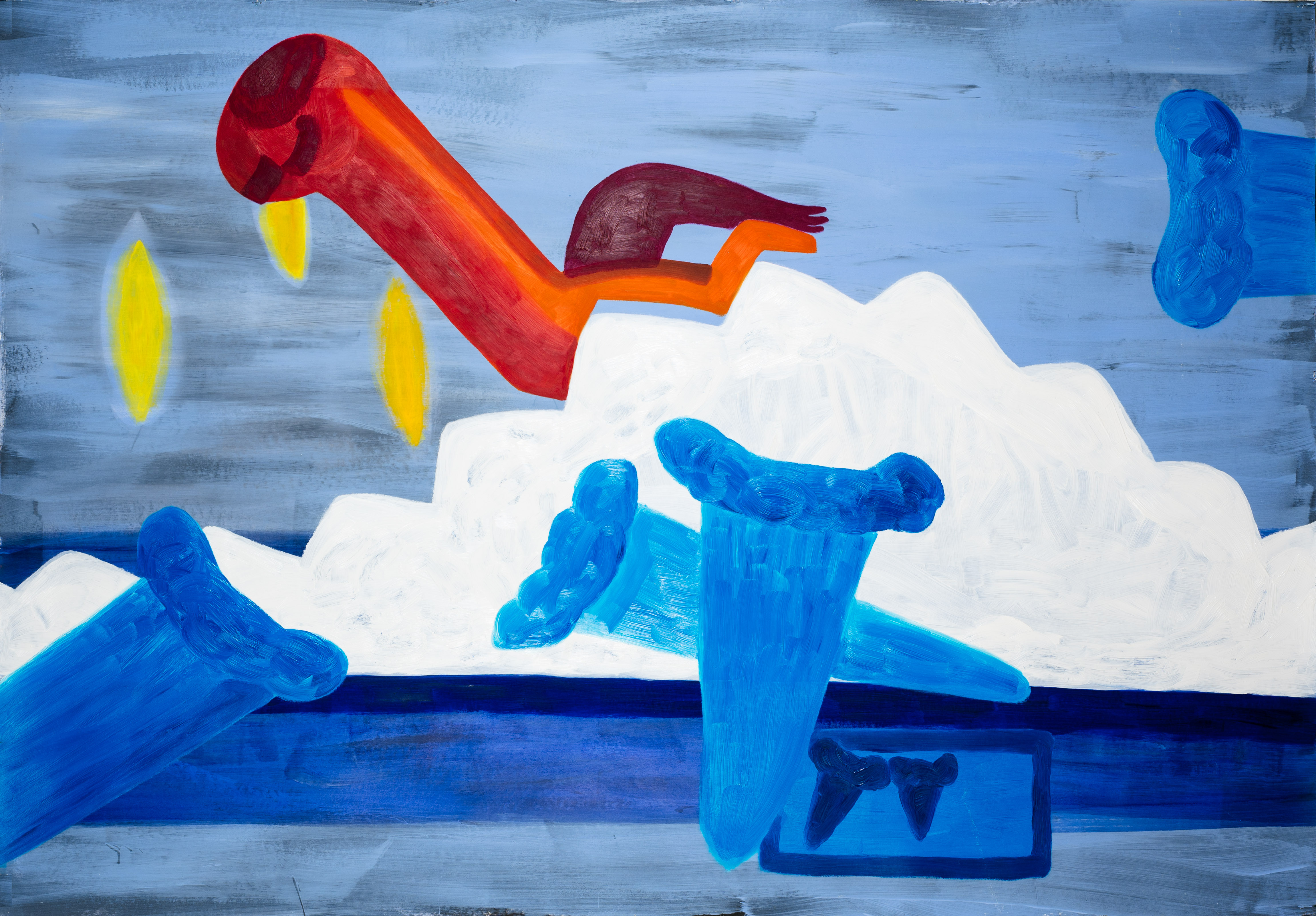
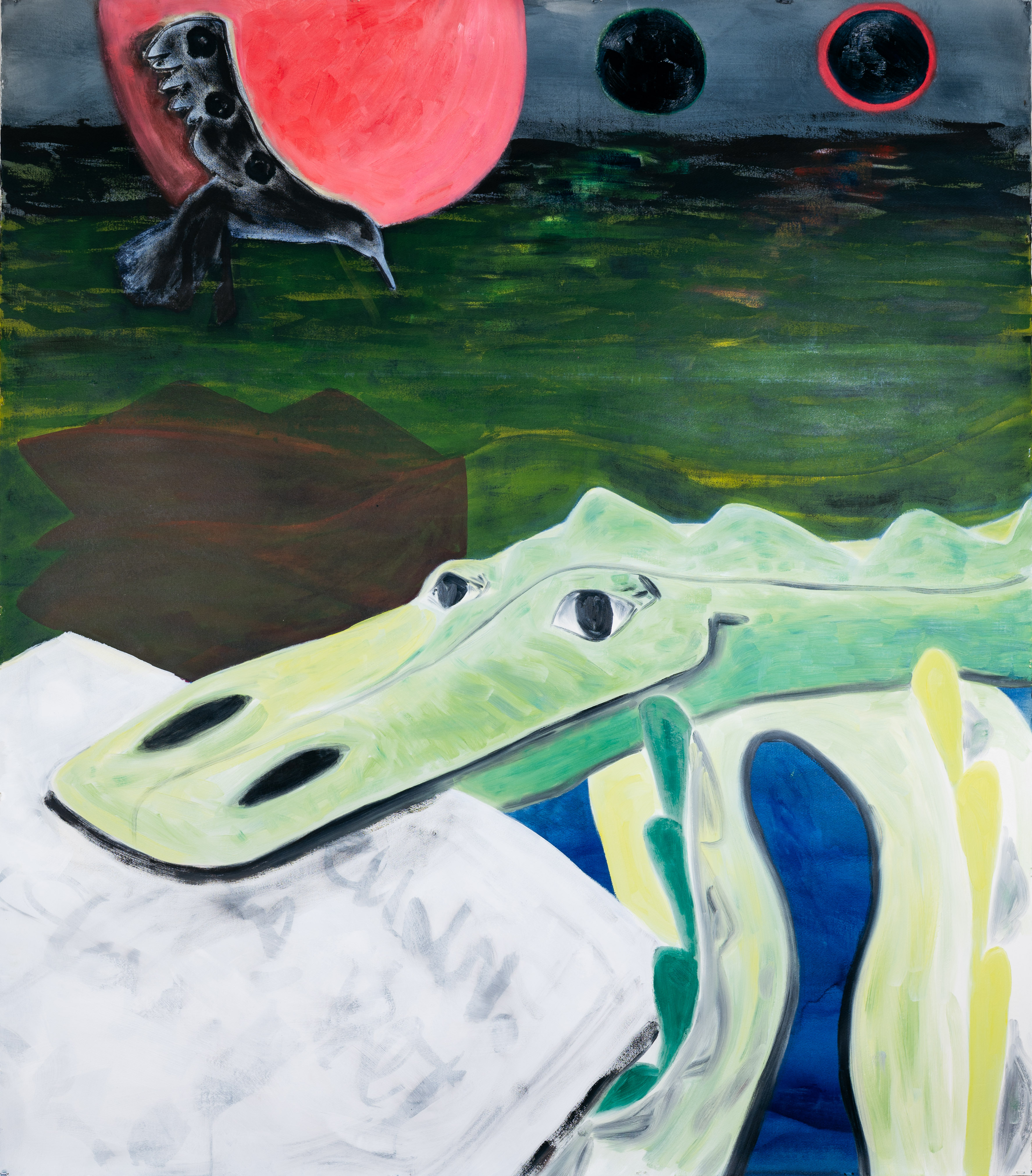
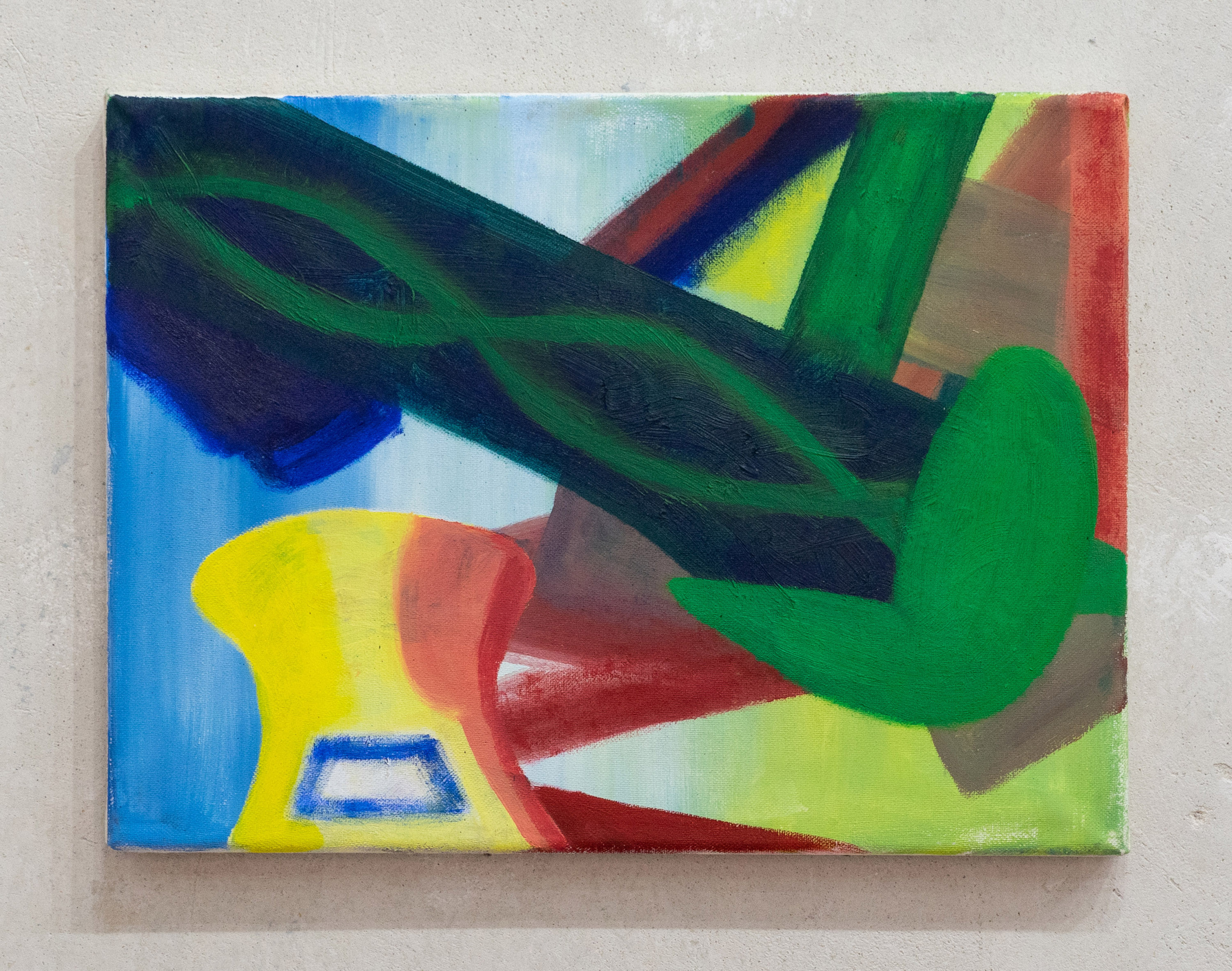

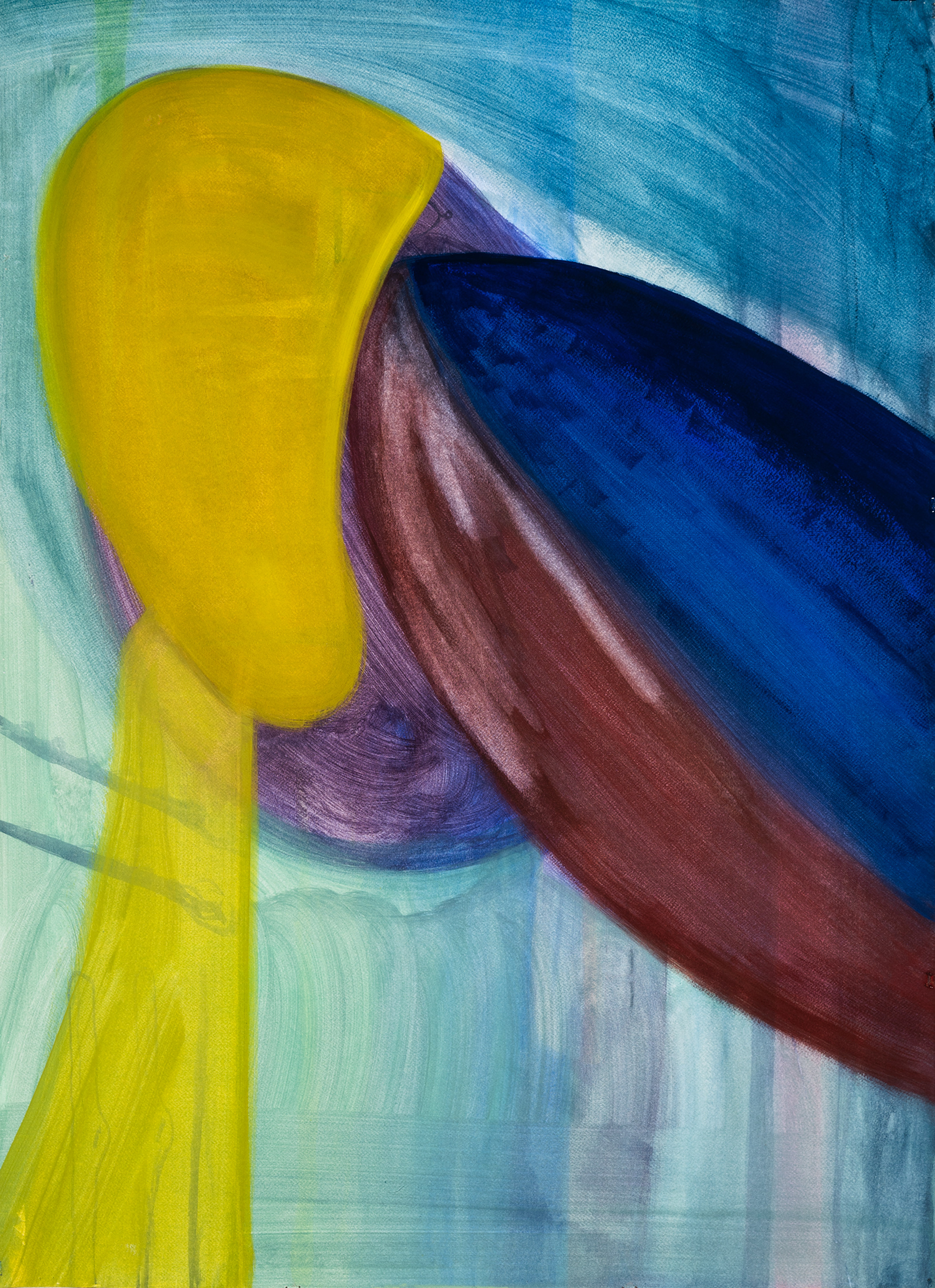
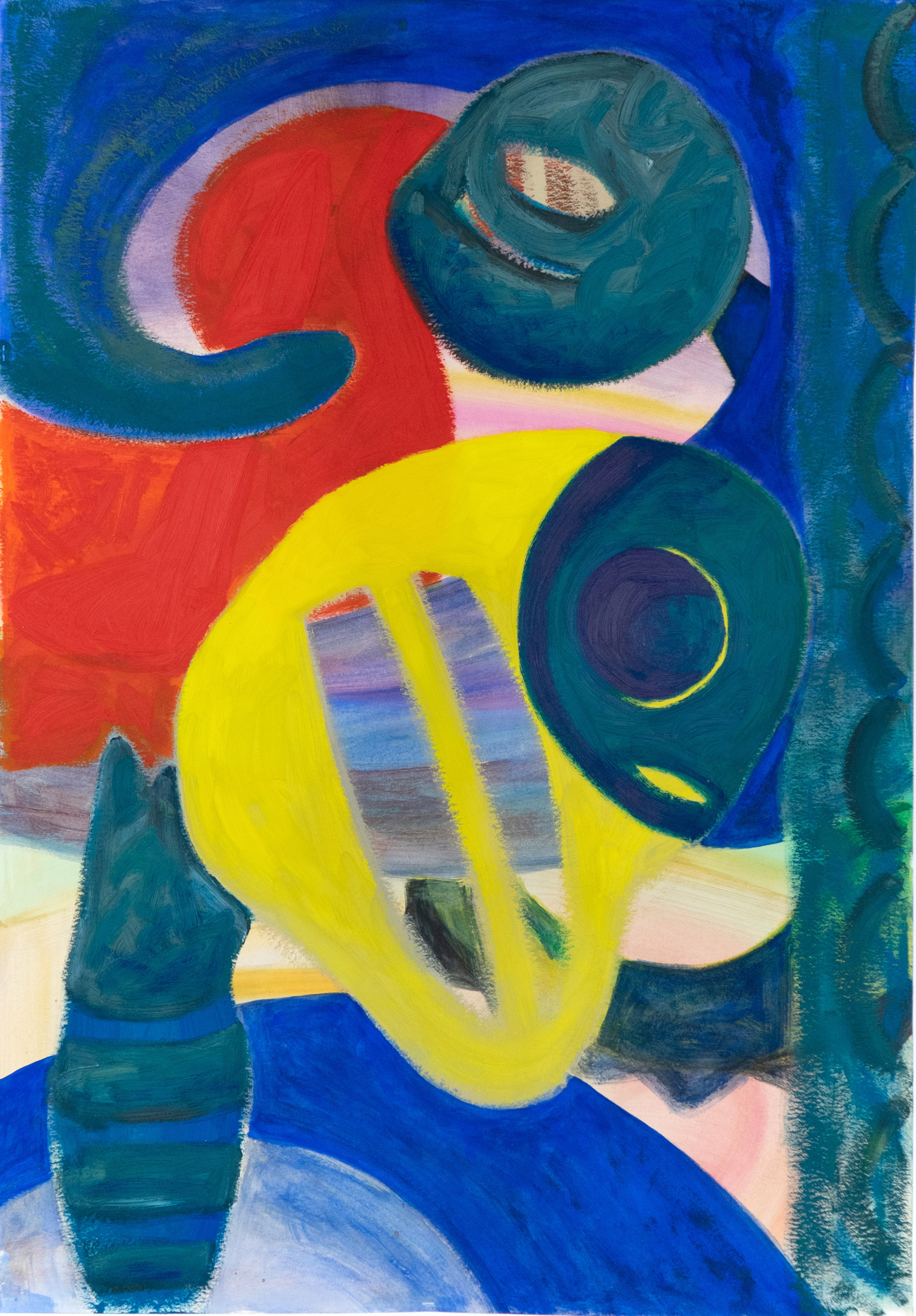

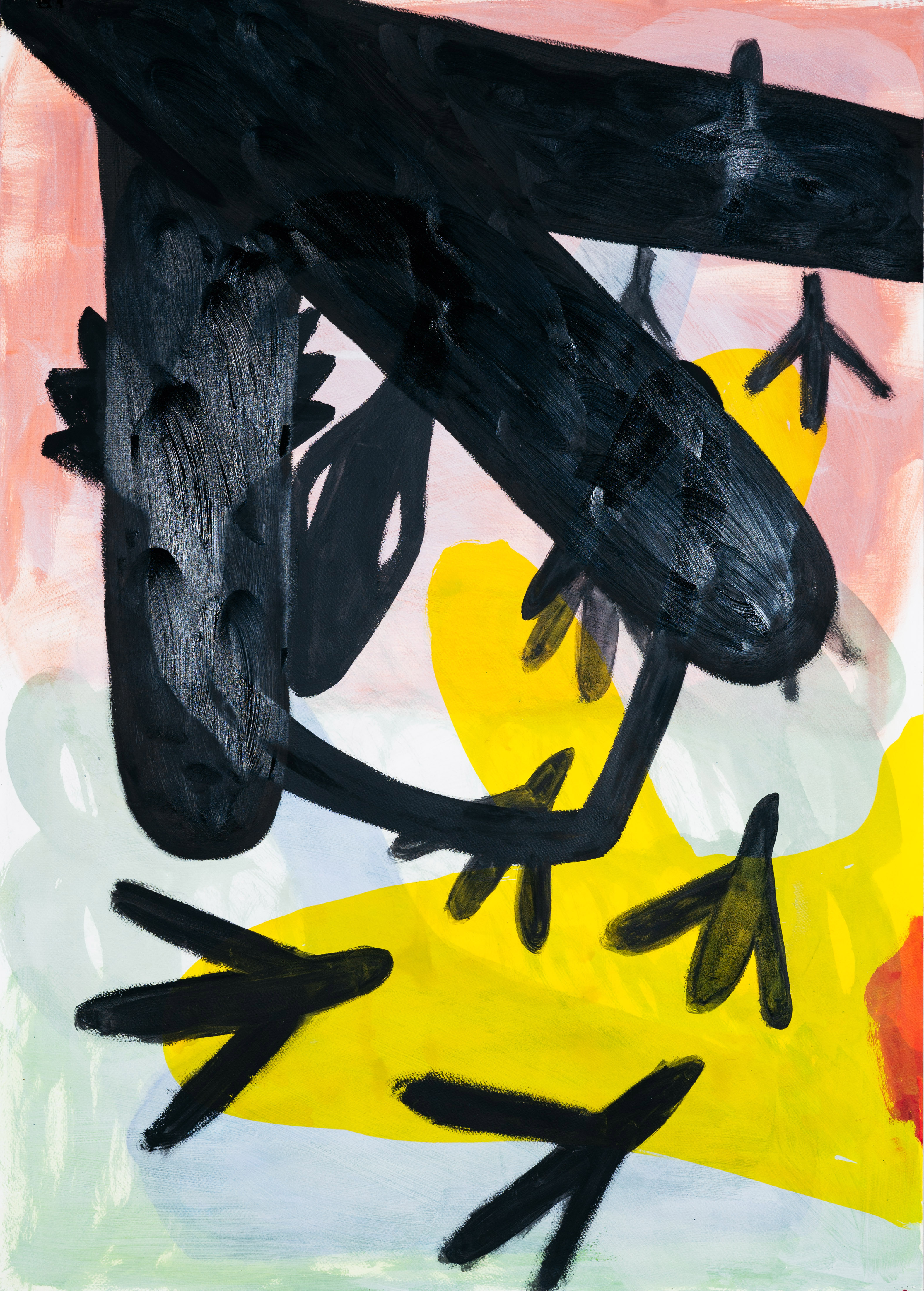
Ohne Titel, 2021
Tusche und Öl auf Aquarellpapier
100 x 70 cm
vergriffen
Tusche und Öl auf Aquarellpapier
100 x 70 cm
vergriffen
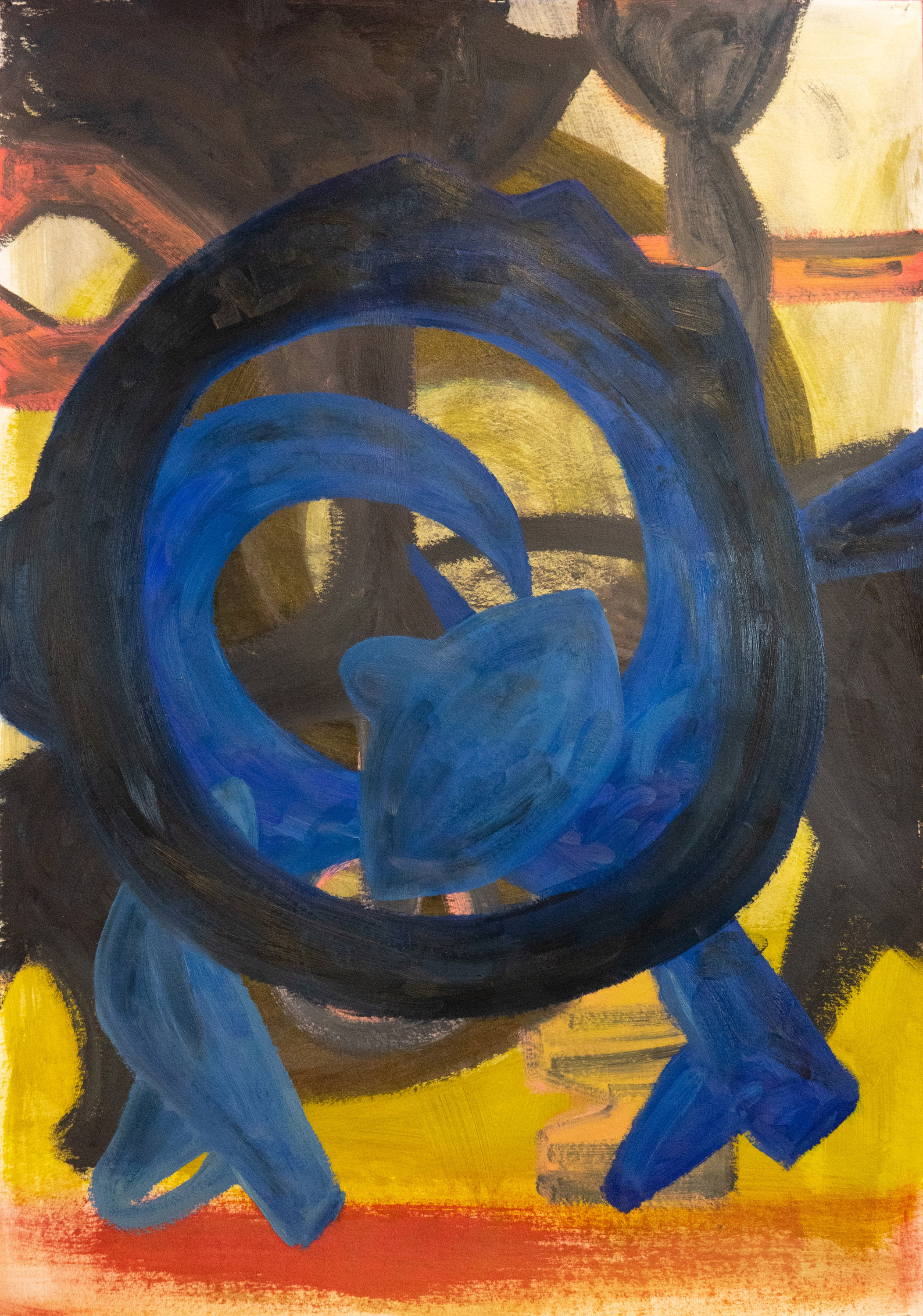
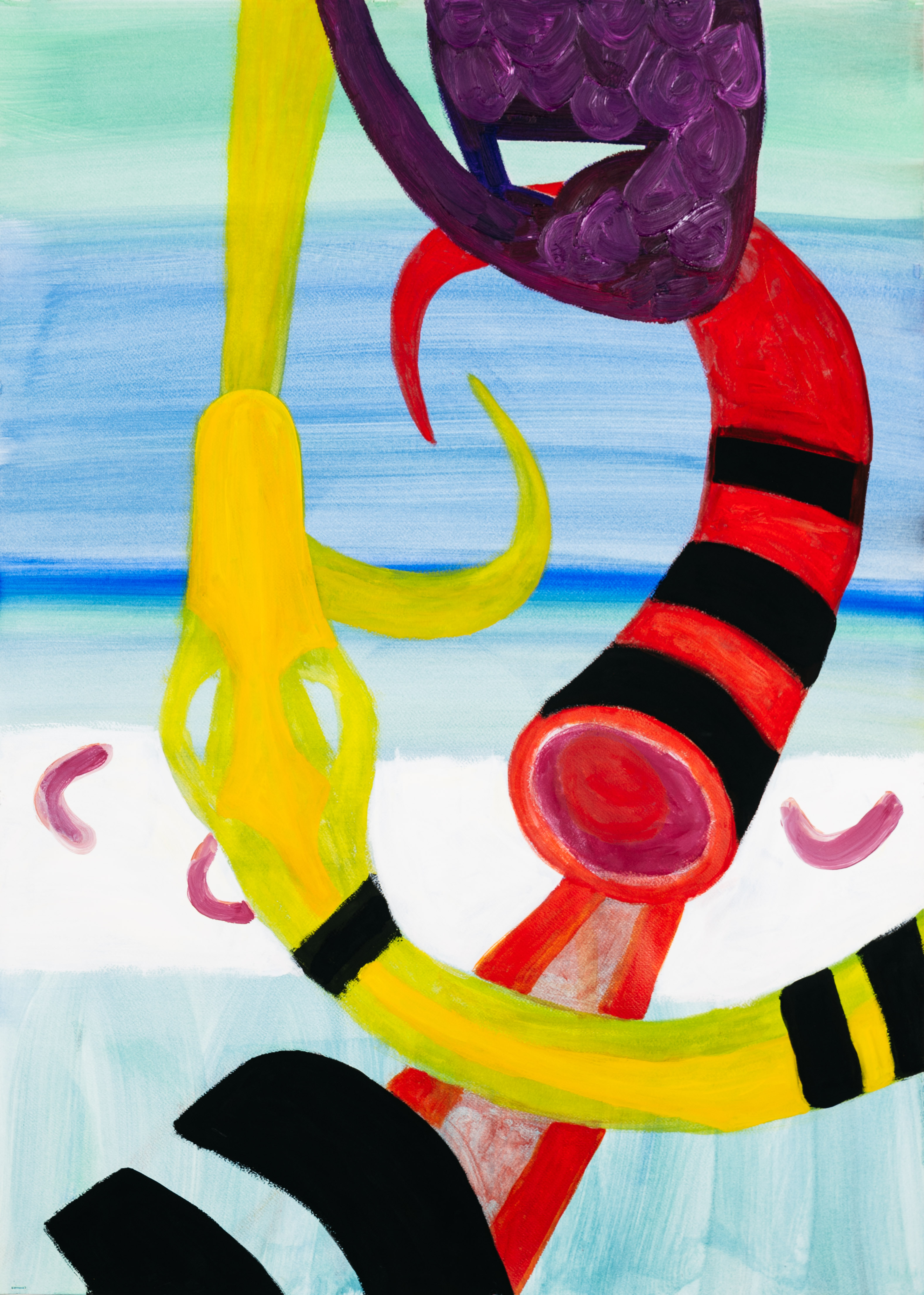

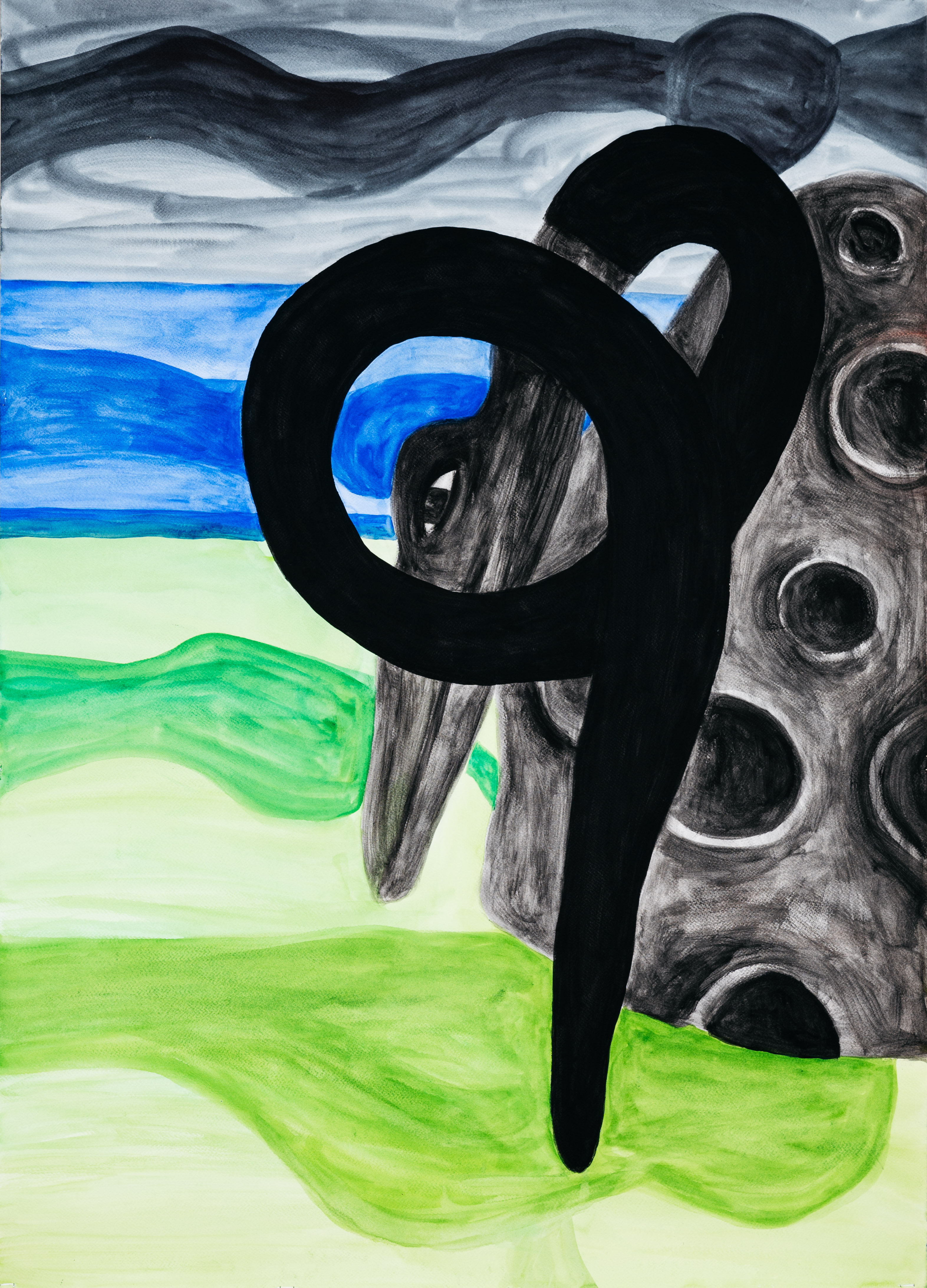
Kennzeichnend für Clemens Grömmers Bilder sind eine flächige Malweise und eine farbenfrohe Palette. Lasierende, sich überlagernde Farbschichten erzeugen die Tiefe seiner meist sehr ausschnitthaft angelegten Landschaften und geheimnisvollen Interieurs. Hier begegnen uns drachen- oder vogelartige Wesen, die als Motiv durchgängig auftauchen. Ihre Gestalt erinnert mal mehr an ein Krokodil, mal an eine Schlange oder ein Flugzeug. Grömmers „Drachen“ sind keine üblen, vielmehr fröhlich-listige Kreaturen. Eingebunden in die bunte und formal reduzierte Szenerie, die fast ohne menschliche Figuren auskommt, geben sie Raum für Ambivalenz, die ein Fabelwesen eben erschaffen kann. Als mythologische Kreaturen sind Drachen vor allem Projektionsflächen menschlicher Gefühle.
Für Nietzsche z.B. war der Drache der Widerpart des Löwen, zu dem der menschliche Geist werden muss auf seinem Weg vom duldenden Kamel zum freien Kind. Das Kamel hört „du musst“, der Löwe sagt „ich will“ und erst das Kind ist in der Lage zum „heiligen Ja-sagen“. (Friedrich Nietzsche, Also sprach Zarathustra, Stuttgart 1988, Kröner-Verlag, S. 25ff.) Dazwischen bewegt sich der Drache als Etappengegner. In der christlichen Ikonografie kommt der Drache nicht allzu gut weg: populäre Figuren wie der heilige Georg und der Erzengel Michael töten ihn und mit ihm den Dämon oder Teufel. Es kommt durchaus vor, dass der Drache auch in einer positiven Rolle besetzt wird, als Sinnbild für Wachsamkeit, Klugheit, oder Stärke. Dass ein mythologisches Biest doppeldeutig erscheinen kann, ist kein Einzelfall, denken wir z.B. an die Sphinx oder den Greif.
Clemens Grömmers Bilder sind spielerisch offen und erzeugen selten eine bedrohliche Stimmung. Seine Arbeiten wirken wie archetypische Szenen einer Geschichte, die noch gar nicht geschrieben ist. Oder haben wir es doch mit Nietzsches Drachen zu tun, der dem Löwen entwischt ist um mit dem Kind Streiche auszuhecken?
Clemens Grömmer, geb. 1997 in Linz / Donau (AUT), studiert Malerei an der Akademie der bildenden Künste Wien bei Prof. Kirsi Mikkola.
Für Nietzsche z.B. war der Drache der Widerpart des Löwen, zu dem der menschliche Geist werden muss auf seinem Weg vom duldenden Kamel zum freien Kind. Das Kamel hört „du musst“, der Löwe sagt „ich will“ und erst das Kind ist in der Lage zum „heiligen Ja-sagen“. (Friedrich Nietzsche, Also sprach Zarathustra, Stuttgart 1988, Kröner-Verlag, S. 25ff.) Dazwischen bewegt sich der Drache als Etappengegner. In der christlichen Ikonografie kommt der Drache nicht allzu gut weg: populäre Figuren wie der heilige Georg und der Erzengel Michael töten ihn und mit ihm den Dämon oder Teufel. Es kommt durchaus vor, dass der Drache auch in einer positiven Rolle besetzt wird, als Sinnbild für Wachsamkeit, Klugheit, oder Stärke. Dass ein mythologisches Biest doppeldeutig erscheinen kann, ist kein Einzelfall, denken wir z.B. an die Sphinx oder den Greif.
Clemens Grömmers Bilder sind spielerisch offen und erzeugen selten eine bedrohliche Stimmung. Seine Arbeiten wirken wie archetypische Szenen einer Geschichte, die noch gar nicht geschrieben ist. Oder haben wir es doch mit Nietzsches Drachen zu tun, der dem Löwen entwischt ist um mit dem Kind Streiche auszuhecken?
Clemens Grömmer, geb. 1997 in Linz / Donau (AUT), studiert Malerei an der Akademie der bildenden Künste Wien bei Prof. Kirsi Mikkola.
Clemens Grömmer’s paintings are characterised by his colourful palette and two-dimensional painting style. Glazed, overlapping layers of colour create depth in his often fragmentary landscapes and mysterious interiors, where we encounter dragon- and birdlike creatures, images that appear consistently throughout Grömmer’s work. Their shapes may remind us of a crocodile, other times a snake or a plane. Grömmer’s “dragons” are not evil creatures and instead are of a more cheerful-yet-sly nature. Embedded in colourful and formally reduced sceneries that almost completely do without human figures, they provide space for the ambivalence that mythical beings just so happen to create. As mythological creatures, dragons are one thing above all: screens on which we can project our emotions.
For Nietzsche, the dragon was the lion’s counterpart, the lion being a necessary step on the human spirit’s journey from long-suffering camel to free child. The camel hears the words “thou shalt”, while the lion says, “I will”, and the child is the only one able to give the “sacred yes” (Friedrich Nietzsche, Also Sprach Zarathustra [Thus Spoke Zarathustra], Stuttgart 1988, Kröner Verlag, p. 25 ff.). The dragon moves between these transformations, an opponent to be conquered. In Christian iconography, dragons don’t come off all too well: popular figures such as Saint George and Archangel Michael have slain them and with them, demons and devils. However, dragons are occasionally depicted in a more positive role, as symbols of vigilance, wisdom and strength. This ambiguous view of a mythological beast is not unique, as can be seen when we think of the sphinx or the griffin.
Clemens Grömmer’s paintings are playful and open and rarely evoke a threatening atmosphere. His work seems to depict archetypal scenes of a story that has not yet been written – or are we dealing with Nietzsche’s dragon after all, escaped from the lion to make mischief with the child?
Clemens Grömmer, born in Linz / Donau (AUT) in 1997, studies painting under Prof. Kirsi Mikkola at the Academy of Fine Arts in Vienna.
Translation by Emma Jane Stone
For Nietzsche, the dragon was the lion’s counterpart, the lion being a necessary step on the human spirit’s journey from long-suffering camel to free child. The camel hears the words “thou shalt”, while the lion says, “I will”, and the child is the only one able to give the “sacred yes” (Friedrich Nietzsche, Also Sprach Zarathustra [Thus Spoke Zarathustra], Stuttgart 1988, Kröner Verlag, p. 25 ff.). The dragon moves between these transformations, an opponent to be conquered. In Christian iconography, dragons don’t come off all too well: popular figures such as Saint George and Archangel Michael have slain them and with them, demons and devils. However, dragons are occasionally depicted in a more positive role, as symbols of vigilance, wisdom and strength. This ambiguous view of a mythological beast is not unique, as can be seen when we think of the sphinx or the griffin.
Clemens Grömmer’s paintings are playful and open and rarely evoke a threatening atmosphere. His work seems to depict archetypal scenes of a story that has not yet been written – or are we dealing with Nietzsche’s dragon after all, escaped from the lion to make mischief with the child?
Clemens Grömmer, born in Linz / Donau (AUT) in 1997, studies painting under Prof. Kirsi Mikkola at the Academy of Fine Arts in Vienna.
Translation by Emma Jane Stone